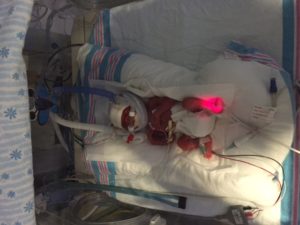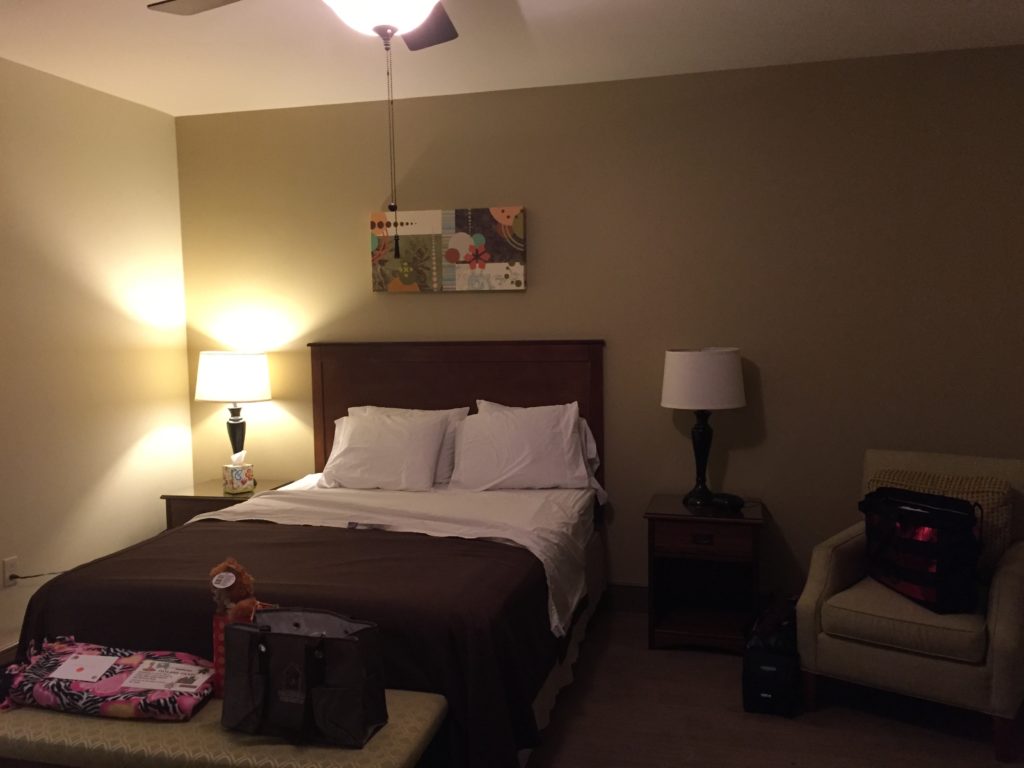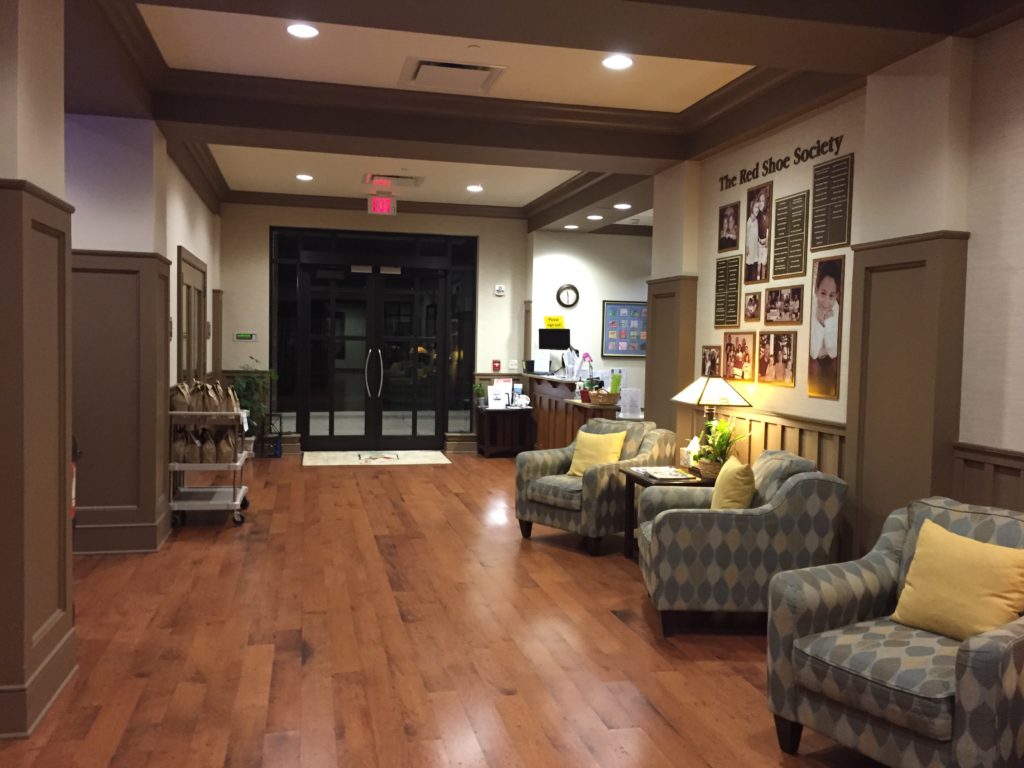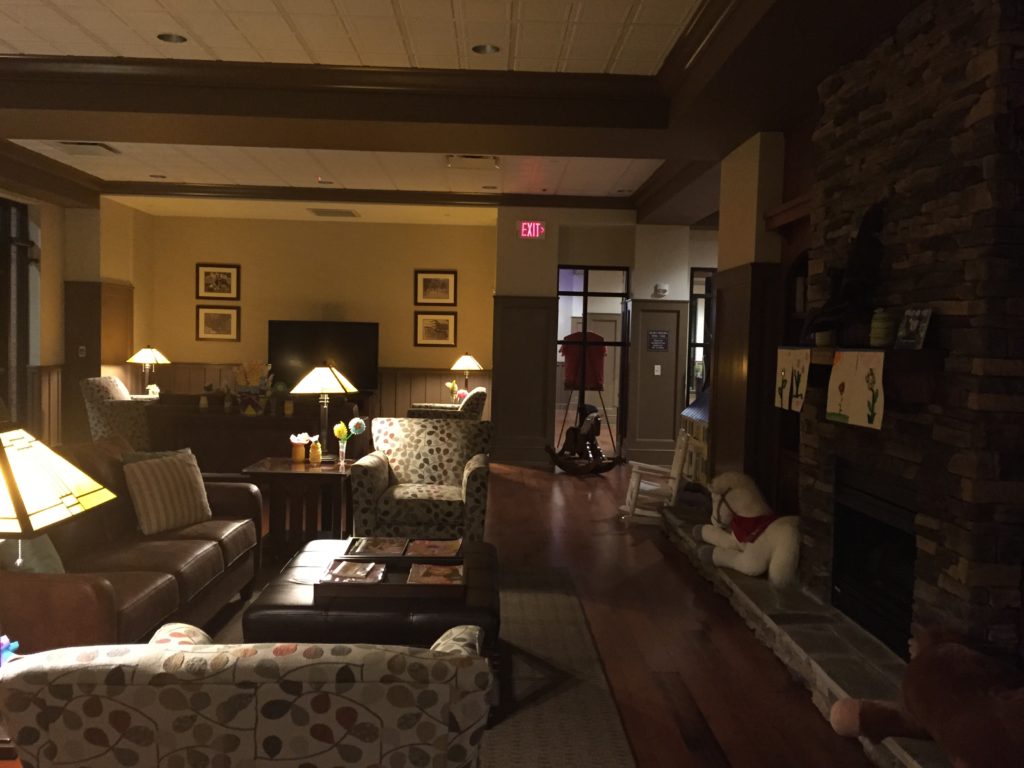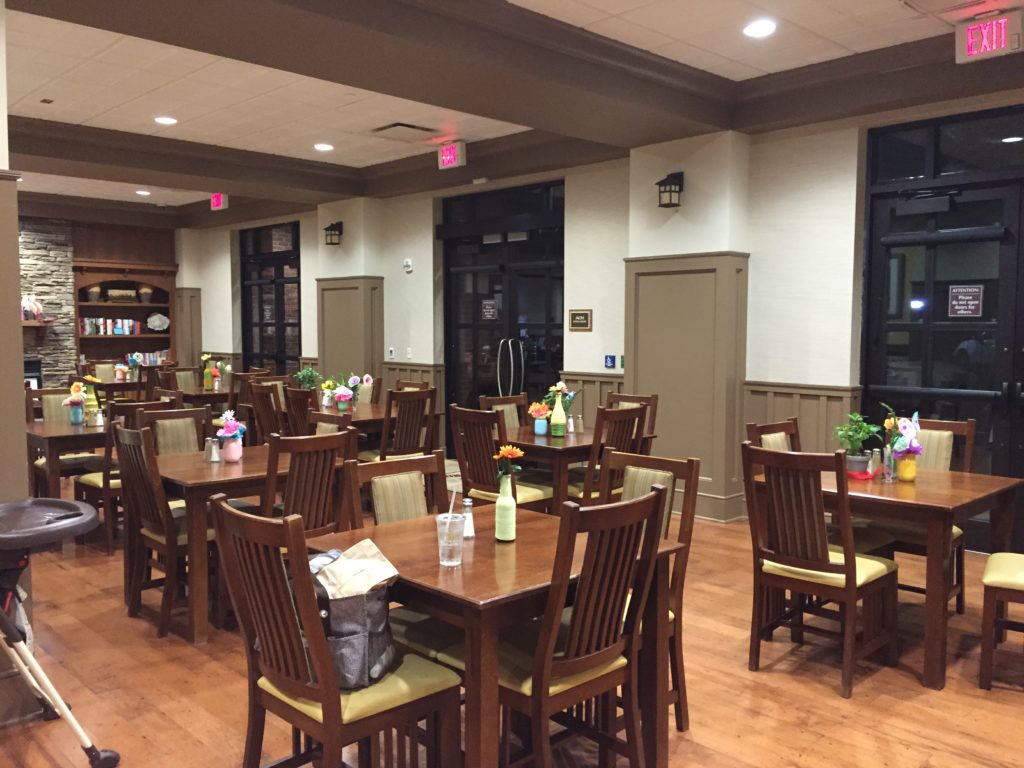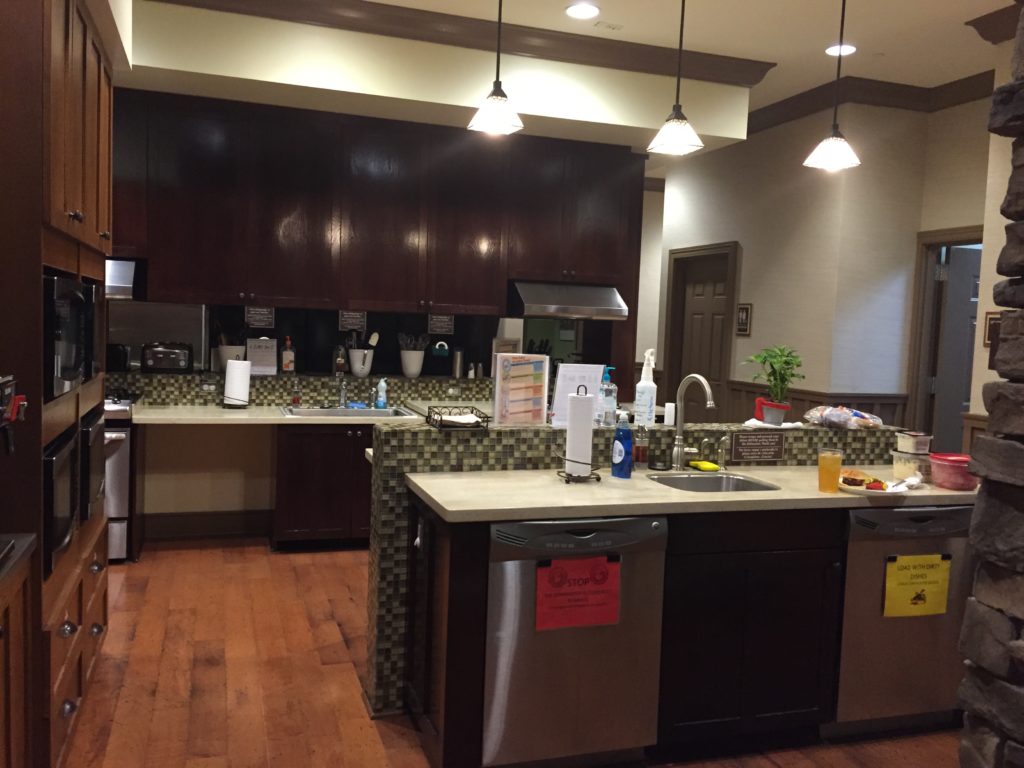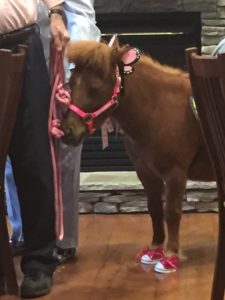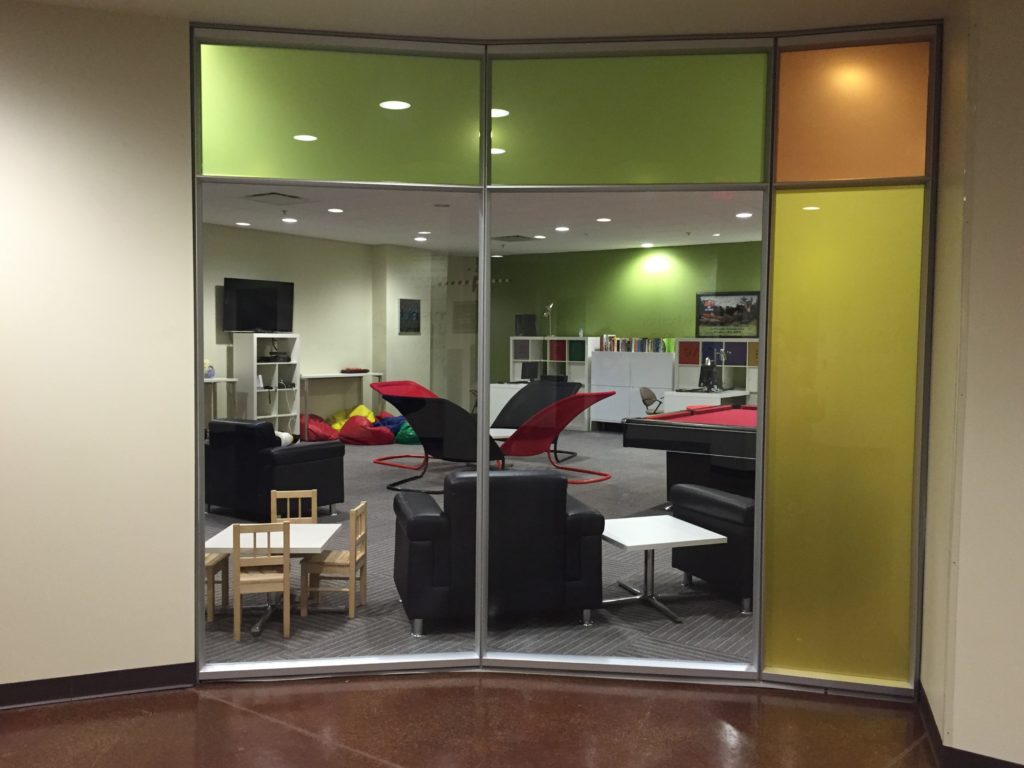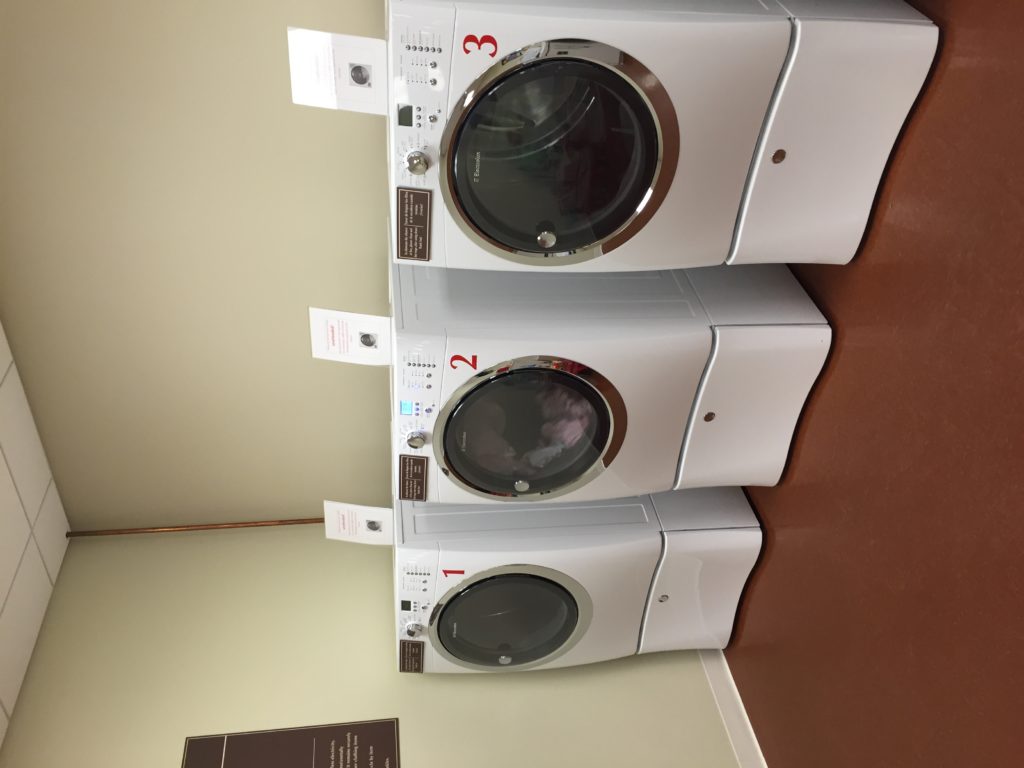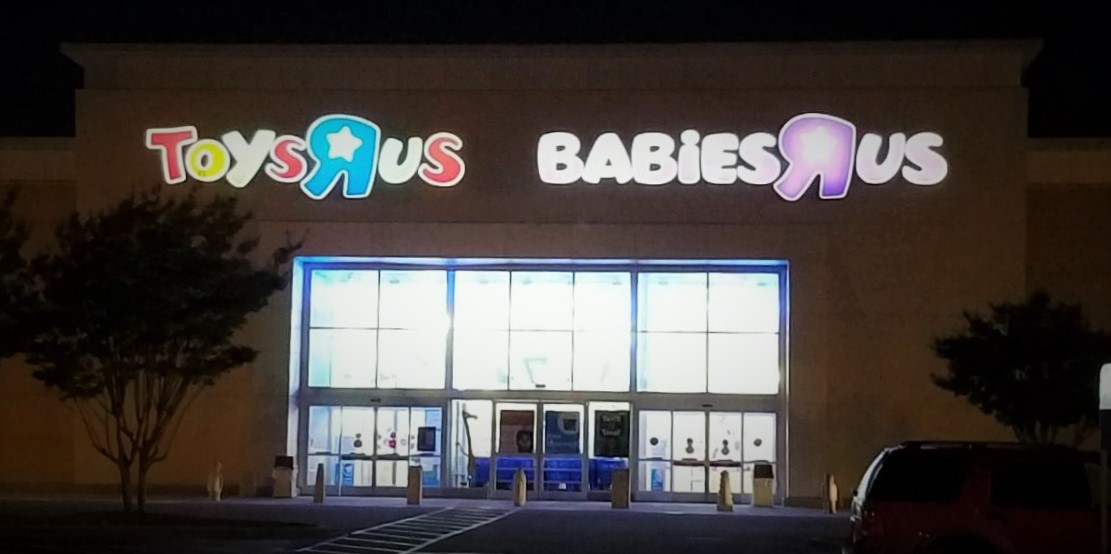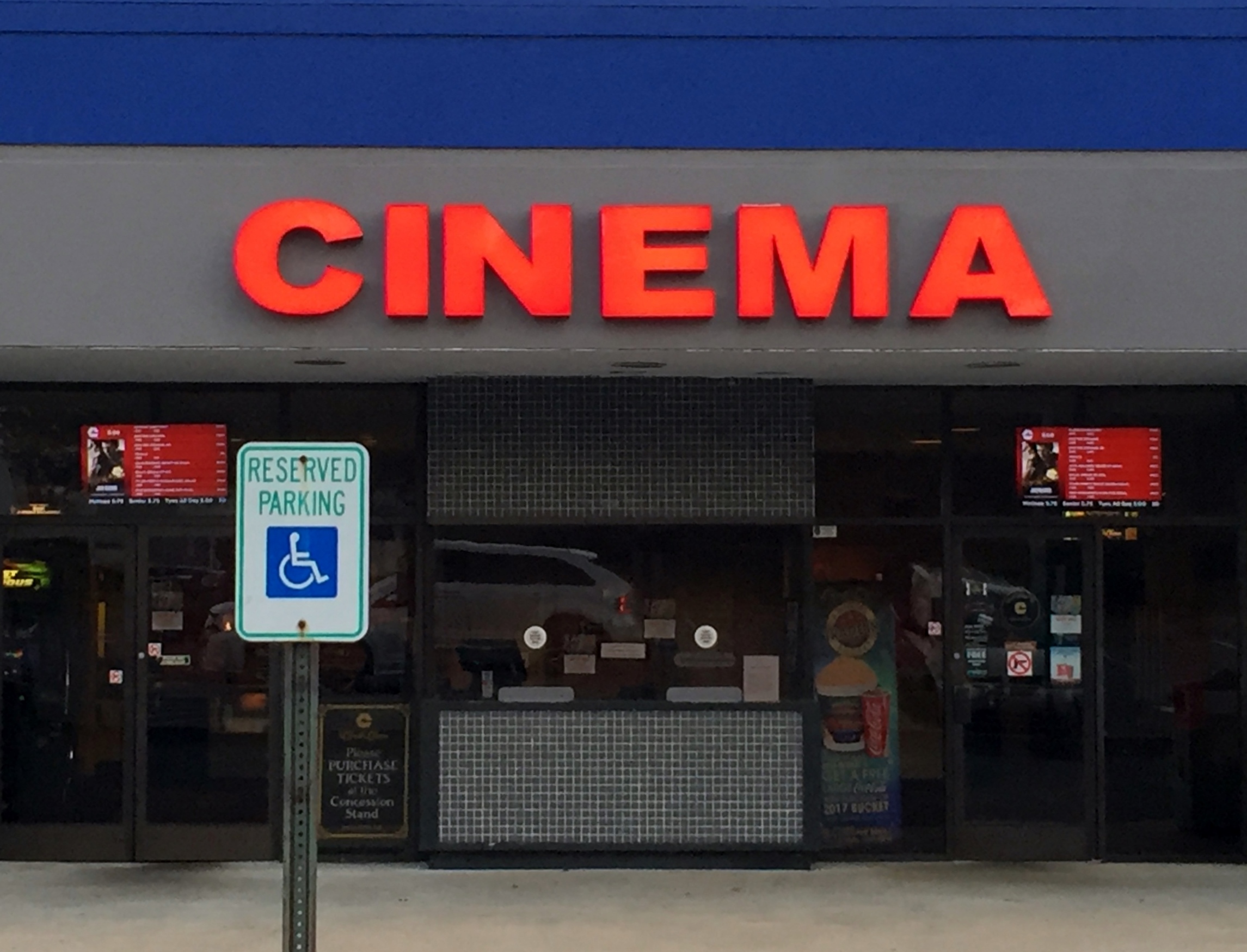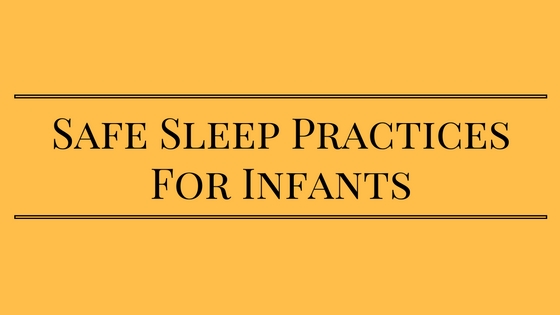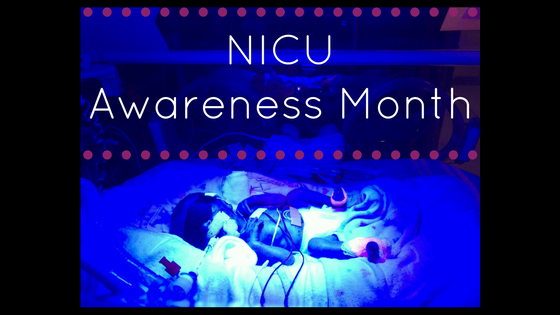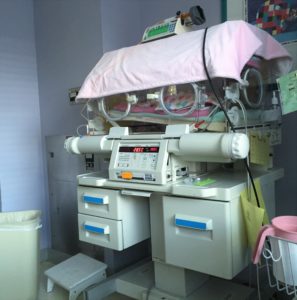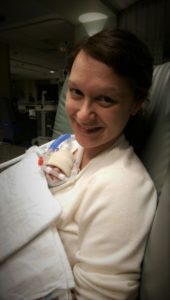Category: FTM
The House That Love Built
Have you ever been to a Ronald McDonald House? If so, then you know all too well where I’m coming from. If you haven’t then no worries….I’m going to give you some insight as to what it’s like to stay there.
In March of 2015, my daughter was born at 27 weeks. My world was turned upside down. Three months early ya’ll! I couldn’t believe it and it happened so fast due to the sudden onset of Preeclampsia. Shelby, my daughter, was immediately put in the NICU and would reside there for 94 days at the Hemby Neonatal Intensive Care Unit in Charlotte, NC.
I spent a week in the hospital and during that time a social worker came in my room and informed me that my daughter would be spending some time in the NICU and suggested I think about staying at the Ronald McDonald House. She gave me some paperwork to look over to help me decide whether it was right for me and told me to let her know. The House was almost a mile away from the hospital which was a lot better than where I lived. After looking over the paperwork and thinking of how hard it would be for me to stay at home and not be able to see my child……my mind was made up. So, I informed the social worker that I was interested.
As I was getting ready to be released from the hospital, Ronald McDonald House of Charlotte called to let me know they had a room available. My husband drove me over and we got checked in. Everyone there was so nice and eager to help us. Anyone staying there had to wear a bracelet and you received a door key for your room. Once I made it to the room and walked in I broke down in tears: they had made a goody bag for us and one for Shelby. I won’t spoil it for anyone that will be a future RMH guest by telling you what was inside the bags because it truly made my day because they cared so much for someone they have never met and I would hope any future guests would feel the same way.
The room was immaculate! You have a bedroom and a full bathroom with pretty much everything you need. What wasn’t in the room you could find just down the hall in the supply room. There wasn’t a TV in the room but it was meant for relaxing and sleeping anyway. I stayed in room 303 and in that room is a journal that the House provided for you to write your feelings and thoughts down. I did just that….so if you have or will stay in that room, you will find my notes and I hope it helped or will help you out.
Only people staying at the Ronald McDonald House and their employees/volunteers were allowed upstairs at the rooms. The main floor had the Kitchen, Dining, Living Room with TV’s, and the main entrance. This floor was meant for all staying and guests to gather and communicate.
Every evening there were volunteers coming in to either make supper or provide it. Do you realize what a relief it is not to worry about at least one meal a day when your child is in the hospital? Not to mention if there are any left overs you can eat that for lunch the following day. There was also a pantry and fridges that were stocked if you wanted to make your own food. You were even assigned a portion of a fridge and/or pantry for just your stuff if you wanted to use it.
On designated evenings there would be volunteers there playing bingo with the House Guests. Also on designated evenings there were therapy dogs or even Brandy the pony.
There was one more floor and that was the basement. There you had the laundry facility and game room.
My main goal in telling you what it’s like to stay at a Ronald McDonald House is to spread awareness. All the staff and volunteers were amazing during my stay! You have no idea the gratitude and how much I hold the House dear to my heart!
With that being said I want to share with you what I mean by the House that Love Built. Ronald McDonald House is a “home-away-from-home” for families so they can stay close to their child at little or no cost to them. The Houses are built on a simple idea that nothing else should matter when a family is focused on the health of their child and this includes where they can afford to stay, where they will get their next meal, or where they will lay their head to rest at night. The goal is for the parents to focus on the health of their child instead of worrying about grocery shopping, cleaning or cooking. When a child is hospitalized, the love and support of family is as powerful as the strongest medicine. By staying at the House close to their child, parents can communicate with their child’s medical team and keep up with complicated medical plans when needed.
Volunteers and donors generosity makes it all possible. In return, families stay at no cost or are asked to make a donation up to $25 per day, depending on the House. Families are never turned away; if it’s not possible to pay, the fee is waived.
Ronald McDonald House is a non-profit 501(c)(3) corporation and relies on the support of the community and other corporate partners. There are local chapters in more than 63 countries and regions around the world. In 1974 the first Ronald McDonald House opened in Philadelphia. There are now more than 300 Houses in 52 countries. Here’s the link if you want to find the closest one to you.
There are plenty of ways to help or contribute to your local Ronald McDonald House. You can volunteer: whether that be to provide a meal, make cookies, clean, help with an event, etc. You can donate: whether it be money donation, items they are looking for, etc. Check with your local chapter and find out what their needs are!
Happy St. Patrick’s Day!
The Great Trade-In Event
The Great Trade-In Gear & Furniture Event is happening now at your local Babies”R”Us or Toys”R”Us store. Haven’t heard of this event? Well, it’s going on now through February 20th. It comes around at least once a year and is a great way to save on new gear or furniture and dispose of your old or outdated stuff.
So, how does this work? Well, you take your used car seat, stroller, travel system, high chair, play yard, bassinet, infant swing, bouncer, walker, entertainer, crib or toddler/twin bed to your “R”Us store and in exchange for your trade in they give you a coupon that’s 25% off your purchase of a participating new furniture or gear. If you use your “R”Us credit card they give you 30% off instead of just 25%.
A couple things to keep in mind about your trade in: your used gear or furniture didn’t have to be purchased at “R” Us and a receipt is not required. If you have multiple used furniture or gear, you are more than welcome to bring those in for one 25% off discount for each item traded in. However, you can only use one coupon per new item purchased.
The trade-in event and 15% off discount do not apply to this kind of GEAR: BOB, Cybex, Maxi-Cosi, Peg Perego, Doorway Jumpers, Baby Jogger, Bugaboo, OXO, Quinny, Stokke, Summer Infant Pop N Play, North States Super Yards and Babies”R”Us Brand Super Yards, car seat bases, infant carriers, clearance and red hot deal items. As for Furniture, these items do not quilify for the trade-in event: Mattresses, gliders/ottomans, special orders, clearance and Red Hot Deal items. These discounts cannot be combined with any other offers or promotions.
So, what happens to all those used items? All items brought to “R”Us for the trade in event will be disposed of properly so they can’t be put in circulation again.
According to the National Highway Traffic Safety Administration (NHTSA), used car seats may look fine but could be missing labels or parts and if the seat is past the manufacturer’s expiration date, its safety could be compromised. NHTSA also recommends replacing car seats after a vehicle accident.
Happy Shopping!
Does Your Teen Love Movies?
Does your teen love movies? If so, you need to check this out! Carmike Cinemas is offering a fantastic deal now thru 12/14/16. $6 Teen Combo which includes a 16oz Coke plus 46oz Popcorn! All they have to do is show a valid student ID. This deal is valid at participating Carmike Cinemas excluding Sundance Cinemas and Ovation Cinema Grill. Not sure if your Carmike Cinemas is participating…just give them a call!
Enjoy your movies!
It’s Back!! 10% Off In-Stores on Saturday
It’s Back! The “R” Us Credit Card Discounts are now on Saturdays too! This is a Limited Time offer and is valid thru 12/17/16 only! “R” Us credit card has been giving 10% off your in-store purchases on Thursdays but have added Saturdays just in time for the Holidays! It seems the Thursday discount will be valid thru 3/30/17. So we will see what they have in store for us after that.
So here’s the deal: Your purchase must be made in store and request the discount when using your “R” Us credit card at check out. A coupon is not required. The discount excludes gift cards, laptops, netbooks, tablets, video game hardware, American Girl Truly Me, Apple iPad & iPod, Build-A-Bear, SquareTrade Protection Plans, phone orders, Special Orders, all fees, and shipping. Keep in mind it’s only for your current purchase so it’s not valid on any prior purchases. The Discount offer cannot be combined with an account opening discount.
And there you have it! Happy Shopping!
Safe Sleep Practices For Infants
With the American Academy of Pediatrics (AAP) updating their recommendations for an infant’s sleeping environment, it’s time to go over safe practices and what you should do to help prevent sleep-related deaths and Sudden Infant Death Syndrome (SIDS). According to AAP approximately 3500 infants die annually in the United States from sleep-related deaths including SIDS. It is also very important to talk to your infant’s caregiver about reducing the risk of SIDS and other sleep-related deaths as many deaths are due to caregivers unaware of the risks.
AAP suggests the following recommendations to reduce the risk of SIDS and other sleep-related infant deaths:
- Always place infants on their back to sleep for every nap or bedtime schedule until the child reaches one year of age. Preemies are at an increased risk of SIDS.
- Always use a firm sleep surface. Using a firm mattress in a safety approved crib covered by a fitted sheet with no other bedding or soft objects reduces the risk of SIDS and suffocation. The sleep area should also be free of hazards such as cords, wires, or blinds due to strangulation risk.
- Breastfeeding is recommended for at least six months.
- It’s recommended that infants sleep in the parents’ room, close to the parents’ bed, but on a separate surface designed for infants, ideally for the first year of life, but at least for the first six months.
- Keep soft objects and loose bedding away from the infant’s sleep area. This will reduce the risk of SIDS, suffocation, entrapment, and strangulation.
- Offer a pacifier at nap time and bedtime. Do not have anything attached to the pacifier. You do not have to reinsert the pacifier once infant is asleep.
- Avoid smoke exposure during pregnancy and after birth. Encourage families to set strict rules for smoke-free homes and cars.
- Avoid alcohol and illicit drug use during pregnancy and after birth.
- Avoid overheating and head coverings in infants. In general, infants should be dressed appropriately for the environment, with nothing greater than one layer more than an adult would wear comfortable.
- Pregnant women should obtain regular prenatal care.
- Infants should be immunized in accordance with recommendations of the AAP and Centers for Disease Control and Prevention. Recent evidence suggests that vaccination may have a protective effect against SIDS.
- Avoid the use of commercial devices that are inconsistent with safe sleep recommendations. Be wary of devices that claim to reduce the risk of SIDS. For example, wedges and positioners.
- Do not use home cardiorespiratory monitors as a strategy to reduce the risk of SIDS. Those devices are sometimes prescribed for use at home to detect apnea or bradycardia and when pulse oximetry is used, decreases in oxyhemoglobin saturation for infants at risk of those conditions.
- Supervised tummy time while infant is awake is recommended to facilitate development and to minimize development of positional plagiocephaly.
- There is no evidence to recommend swaddling as a strategy to reduce the risk of SIDS. Swaddled infants should always be placed on their back.
- Health care professionals, the staff in newborn nurseries and NICUs, and child care providers should endorse and model the SIDS risk-reduction recommendations from birth.
So there you have it! AAPs recommendations for a safe sleep environment. If you want to check out the full report click here.
RSV Season Is Upon Us
The dreaded RSV season is upon us. With that being said, I’m going to go over what is RSV, symptoms, and prevention. RSV is a major cause of respiratory illness in young children and is highly contagious. The RSV season lasts from late fall through early spring.
So, what is RSV? Well, Respiratory syncytial virus (RSV) is a respiratory virus which infects the lungs and breathing passages. The virus is only transmitted between people. People that are healthy usually experience mild, cold-like symptoms and recover in a couple weeks. For infants and older adults, RSV can be serious. It can cause severe lung infections like bronchiolitis and pneumonia. It is said that almost all children, by their second birthday have had an RSV infection. That is a lot of children folks!
How can you get RSV? The virus spreads when an infected person coughs or sneezes which creates virus-containing droplets that can linger briefly in the air. You can also pick it up by touching surfaces that have RSV on them and then touching your eyes, nose, or mouth. RSV then enters your body through the nose, mouth, or eyes. The virus can survive on your hands for at least 30 minutes and for several hours on infected surfaces. If you are infected with RSV then you are usually contagious for three to 8 days. However, some people with weakened immune systems can be contagious for up to four weeks. Holy Toledo! Four weeks!
What are the symptoms of RSV? Symptoms start showing up four to six days after exposure. A lot of the symptoms resembles the common cold which are:
- Fever
- Runny Nose
- Reduced Appetite
- Cough
- Wheezing
- Sneezing
- Congestion
- Breathing Difficulties
- Apnea
In young infants the only symptoms may be:
- Irritability
- Decreased Activity
- Breathing Difficulties
How can you prevent the spread of RSV? There is not an RSV vaccine yet but researchers are working to develop one. However, there are steps you can do to help prevent the spread of RSV.
- Wash Your Hands Often – Use soap and water for at least twenty seconds and help young children do the same.
- Keep Your Hands Off Your Face – Unless you just washed your hands, keep them off your face. Remember this is how the virus is spread.
- Avoid Close Contact With Sick People – Again, this is how the virus spreads.
- Cover Your Coughs and Sneezes – Once again, if you don’t cover your coughs and sneezes you are spreading the virus through the air and surfaces.
- Clean and Disinfect Surfaces – Remember the virus can spread just by touching surfaces.
- Stay Home When You Are Sick – Just stay home! I’m sure I’m not the only one who doesn’t want to be sick too!
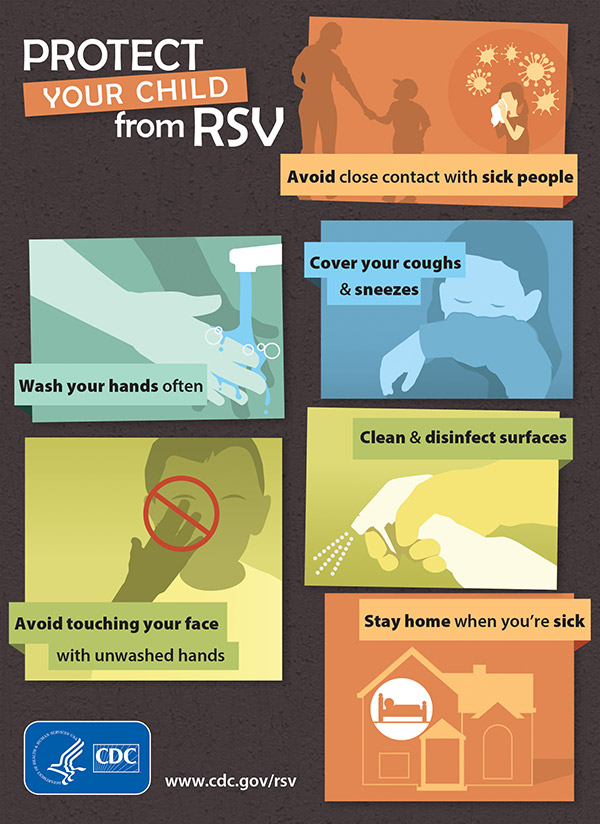
Have you heard of the medicine for RSV? It’s called Synagis Palivizumab. It is a prescription medication that is used to help prevent a serious lung disease caused by RSV in children that are high risk for severe lung disease from RSV. But it has no effect after the disease has started. Synagis is a shot given in the thigh muscle once a month during RSV season. If you are interested in learning more about this shot please talk to your pediatrician. The shots can be very costly and your insurance may not approve the medicine.
So there you have it! You now know what RSV is, how you can get RSV, symptoms of RSV, prevention of RSV, and the medicine for RSV. Please keep in mind, I’m not a doctor nor do I give any medical advice. If you are interested in researching more, you can check out the CDC’s website or consult with your pediatrician or doctor.
10 Things to Know About the NICU
September is NICU Awareness Month. After spending 94 days in the NICU (Neonatal Intensive Care Unit), I wish someone had laid out some things to expect in the NICU. So I’ve put together a list of things to hopefully help some NICU parents or their guests. This is based on my experience so some hospitals may be a little different.
- Hand Washing – Before you can go into the NICU, you have to wash/scrub your hands for 3 minutes. They have glass timers that you flip once you begin and when all the sand has moved to the bottom your time is up. It is very important to wash your hands for all the babies in the NICU not just yours.
- Two Person Limit – Only two people are allowed by the bed side of your baby at a time. This not only helps with the space provided but it’s for safety reasons as well. Only parents and grandparents are allowed back by themselves. Any other family member or friend has to be accompanied by a parent.
- Pods – As you go through the NICU to your baby you will see there are different areas that hold about six babies which is called pods. The area I was in had six pods. Then there was another hallway where the babies are getting ready to go home which is called Special Care.
- Isolates – When your baby is born premature and cannot regulate their temperature they have to be in an isolate. An isolate is a big rectangular box with two holes in each side so you or a nurse can touch or work with the baby without the temperature getting too low. A blanket is normally on top of the isolate to make it dark; kind of mimicking a mother’s womb. Another term a lot of people like to use for isolates is incubators.
- Noises – The NICU can be a loud place. Not because of babies crying but because of all the machines going off. For example: constant beeping of heart monitors, running ventilators, oxygen machines, equipment being pushed around and yes even phones ringing.
- Check Up – If your baby was sent to the NICU when they were born, you should have been given a paper with information on it telling you the phone number and your password to check on your baby. It also gives you the information to give to grandparents so they too can check on the baby. You can call any time day or night and as many times as you want or need to.
- Primary Nurses – This one is a big one! Once you’ve had a feel for some of the nurses, pick a couple that you feel secure with and are great with your baby. Ask them to be your primary nurse. Basically a primary nurse means when they are on shift they are assigned to your baby. I would suggest trying to find three on days and three on nights. And don’t be afraid to talk to the head nurse if you have any issues. Another thing to note is don’t be upset if you walk in and your primary nurse is not assigned to your baby. We had that happen to us a few times. It is very discouraging and disappointing but sometimes your primary is the only one qualified to handle another baby.
- Support Groups – Being in the NICU is a trying time so it’s important to ask about any local support groups. I didn’t know to ask but was found by a couple and they made a difference in my stay. Talk to your NICU nurse. They should be happy to help you find a support group. Know you are not alone in this journey.
- Kangaroo Care – Kangaroo care is holding your diapered baby on your bare chest, also known as skin-to-skin. It creates bonding between parent and baby. A blanket should be placed over your baby to help keep them warm. Ask your NICU nurse what’s their policy on kangaroo care so you will know when you can start. Remember to wear loose shirts for this or the NICU nurse can provide a hospital gown. Kangaroo care has many benefits such as reducing stress, helping produce more breastmilk and the experience of new parenthood. It can help the baby gain weight, regulate his/her heart and breathing and have a better chance of being able to breastfeed. Kangaroo care is safe and beneficial to both you and your baby even if your baby is connected to machines.
- Don’t Compare – It’s quite easy to try and compare your baby to the other babies in the NICU but please DON’T! Each baby has their own issues and may not be the same as your baby. Comparing to others can lead to a lot of unneeded stress. Focus on your baby and what you can do to help or support your child. The NICU is a roller coaster ride and it’s not the fun kind either. Some days are uneventful but other days are not. A lot of ups and downs in the NICU so there’s no need in adding additional stress to your situation.
There you have it! My list of things to know about the NICU. I hope it helps you or someone you know have a little insight into the NICU. Remember it is NICU Awareness Month! If you know a NICU nurse or doctor, tell them you appreciate what they do for they are a great part of a NICU journey. Also, if you know someone that’s gone or going through the NICU journey, give them a pat on the back because chances are they have been or going through a lot.
Trade-In Event
The Great Trade-In Car Seat Event is happening now at your local Babies”R”Us or Toys”R”Us store. Haven’t heard of this event? Well, it’s going on now through October 2nd. It comes around at least twice a year and is a great way to save on a new car seat.
So, how does this work? Well, you take your used car seat to your “R”Us store and in exchange for your trade in they give you a coupon that’s 25% off your purchase of a participating new car seat. If you use your “R”Us credit card they give you 30% off instead of just 25%.
Don’t have a car seat to trade in…no worries…just go to The Great Trade-In Car Seat Event Website and get your coupon worth 15% off. You also have the option to use the 15% discount online using promo code SEP15OFF at checkout.
A couple things to keep in mind about your trade in: your used car seat didn’t have to be purchased at “R” Us and a receipt is not required. If you have multiple used car seats, you are more than welcome to bring those in for one 25% off discount for each car seat traded in. However, you can only use one coupon per new car seat purchased.
The trade-in event and 15% off discount do not apply to: Baby Jogger, Maxi-Cosi, Peg Perego, Cybex, clearance and red hot deal items. These discounts cannot be combined with any other offers or promotions.
So, what happens to all those used car seats? All car seats brought to “R”Us for the trade in event will be disposed of properly so they can’t be put in circulation again.
According to the National Highway Traffic Safety Administration (NHTSA), used car seats may look fine but could be missing labels or parts and if the seat is past the manufacturer’s expiration date, its safety could be compromised. NHTSA also recommends replacing car seats after a vehicle accident.
Happy Shopping!


